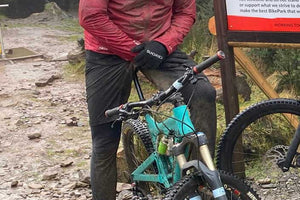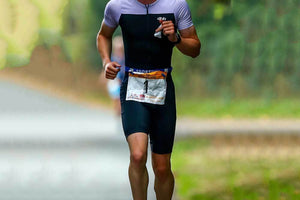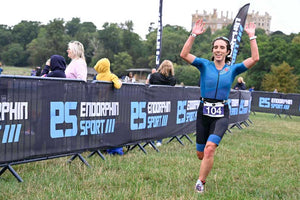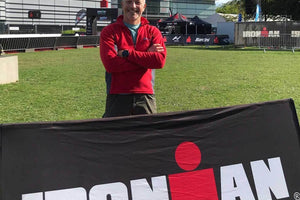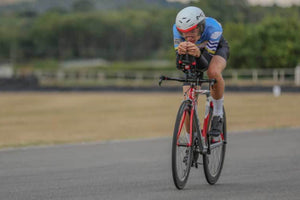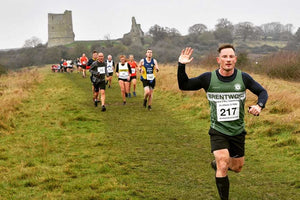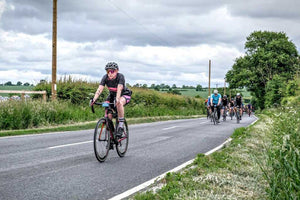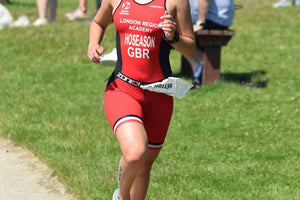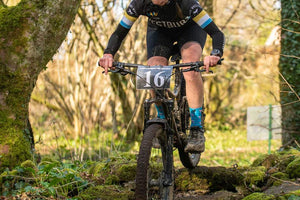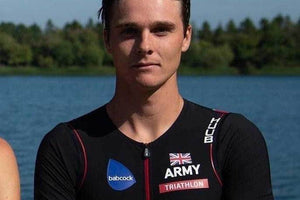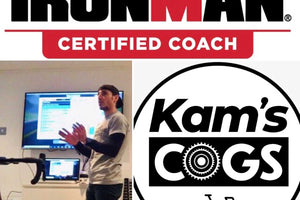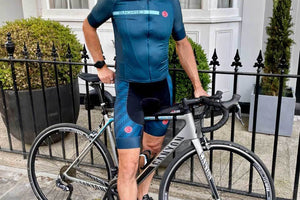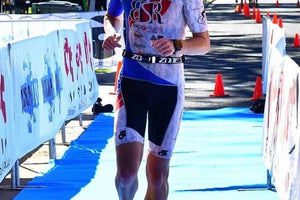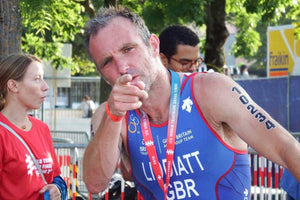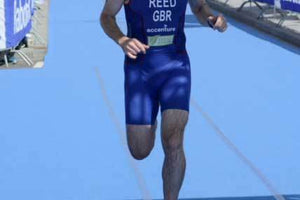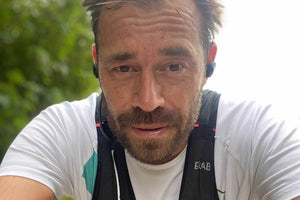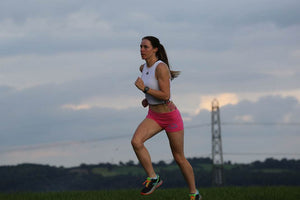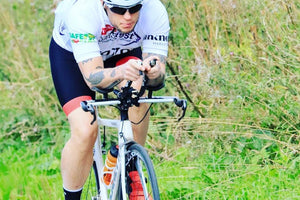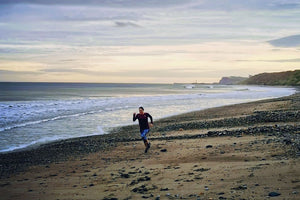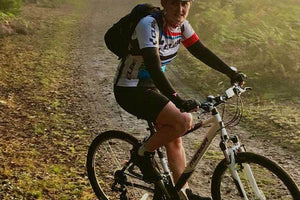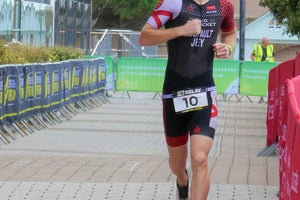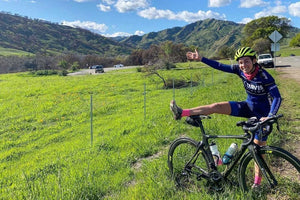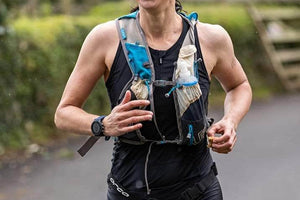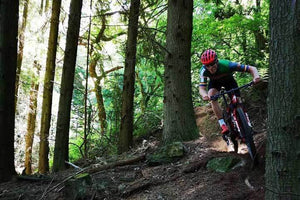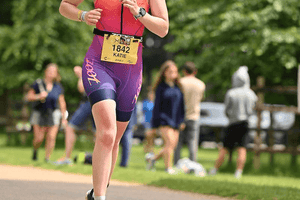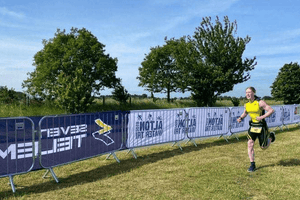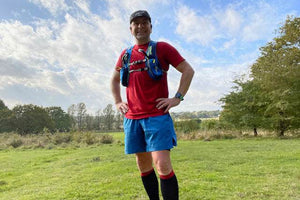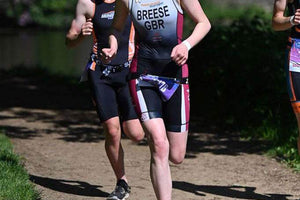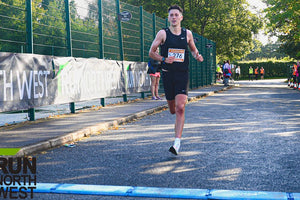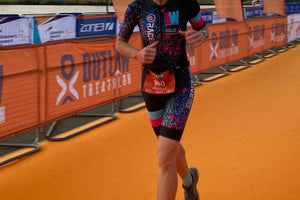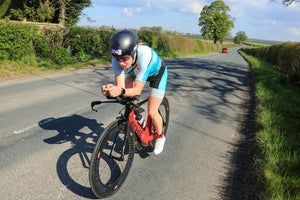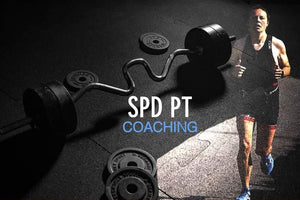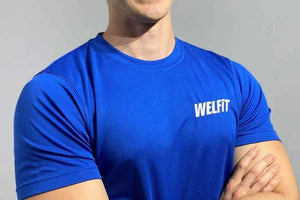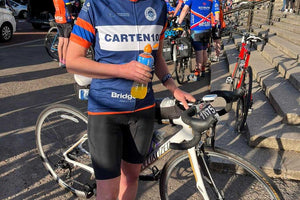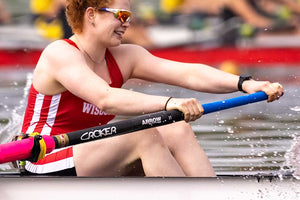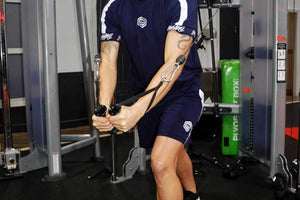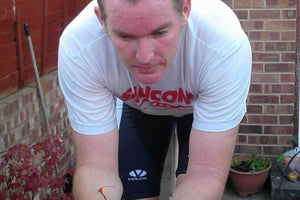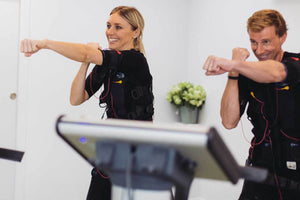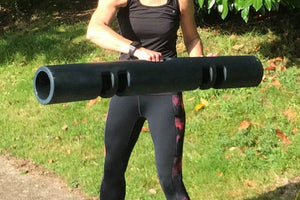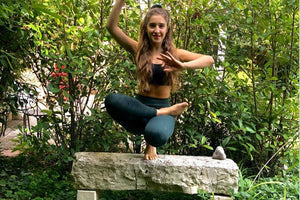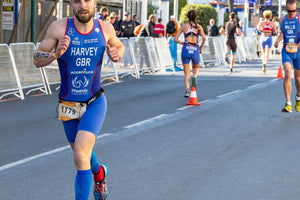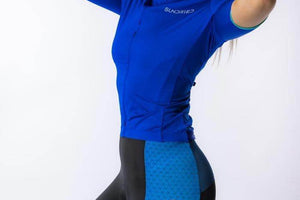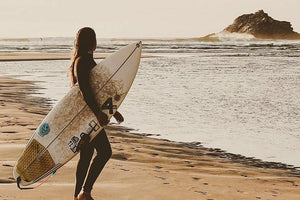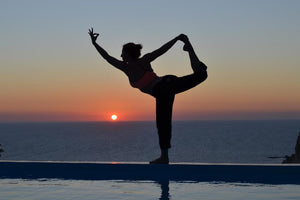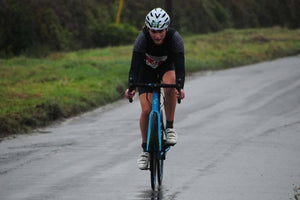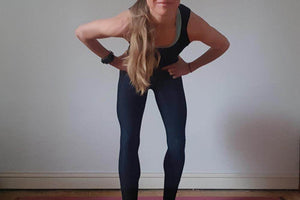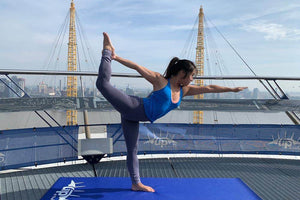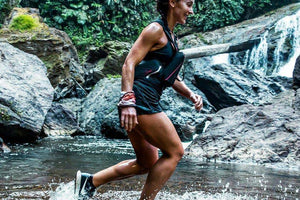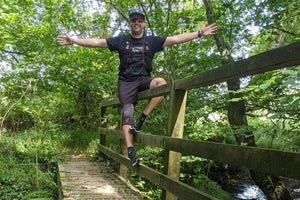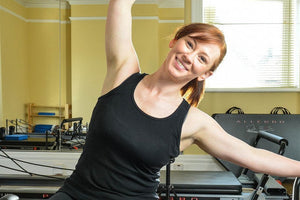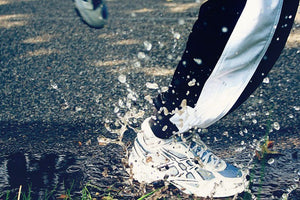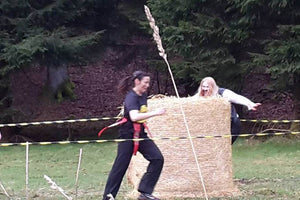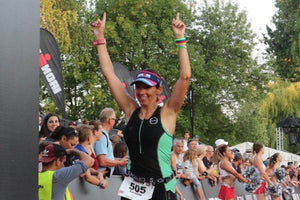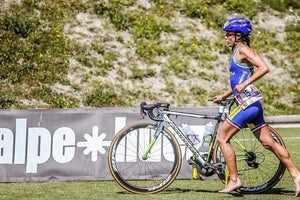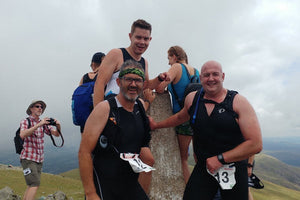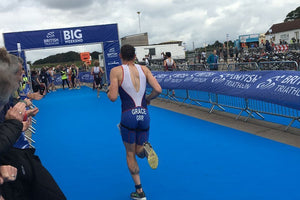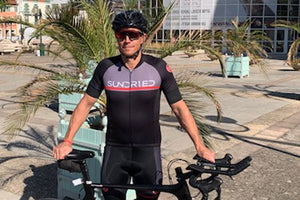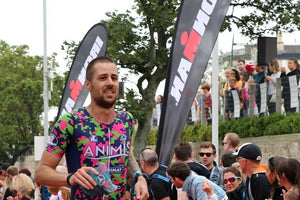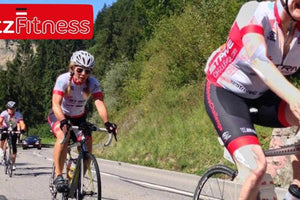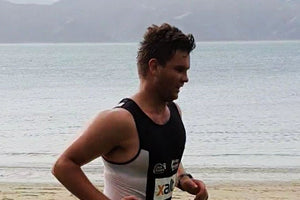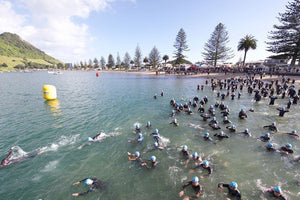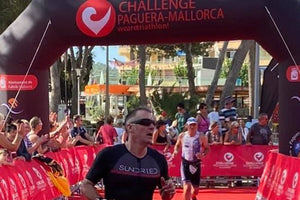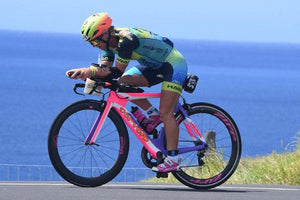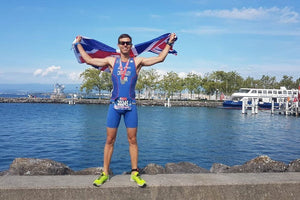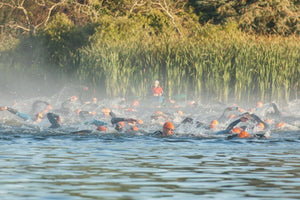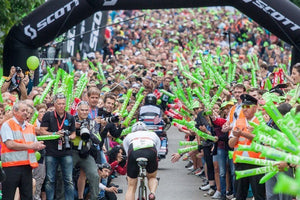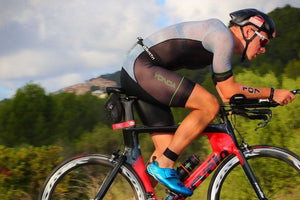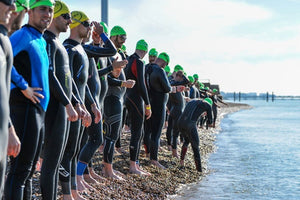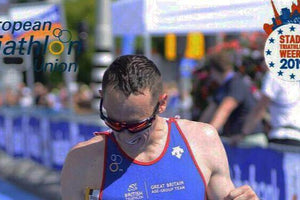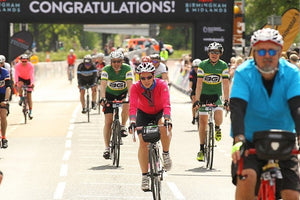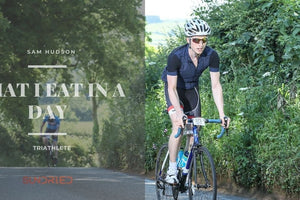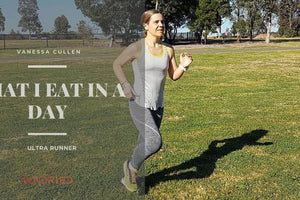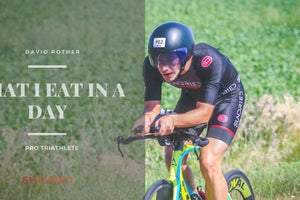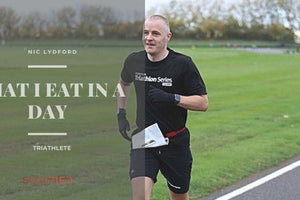
Swimming, cycling, and running will inevitably take up most of your time as a triathlete, but hitting the gym and doing strength training is just as important. We chat with two professional triathletes to get the low down on how they strength train to improve their performance and get the most out of their training.
Matt Leeman - professional triathlete
Matt doesn't do strength training in the typical sense. Instead of hitting the gym and lifting weights, he uses natural factors like hills to help him improve his strength and increase his muscular endurance.
Triathlete strength training
Strength training is a big component of any sport, the common definition of strength is "the ability to exert a force against a resistance". Each sport has different demands and hence requires different classifications of strength, triathlon predominantly requires strength endurance - the ability to express force many times over.
Although I personally do not lift weights, which are commonly associated with strength training, I do triathlon-specific strength training, adapting the training of the disciplines to a strength based way of training.
Swim
There are swim specific tools that can be utilised to enhance swimming strength, the main ones I use are the pull buoy, hand paddles, and band. The muscles used in swimming are predominantly the lats (side of the back) and triceps. The pull buoy enables swimming with less kicking to maintain the body position so that the upper body can be worked more. The hand paddles create a larger surface area to increase the resistance of a stroke. The band is used to take leg kicking out of the equation and rather get propulsion from the overall movement of the body and core muscles.

Bike
The majority of the time in a triathlon is spent on the bike so having good bike strength is essential for putting together a good race, both directly, making you ride faster, and indirectly, the less the bike takes out of you, the more you’ll have left for the run. The two things that can be utilised for bike strength are the bike's gears and hills.
By doing specific intervals ‘over-gearing’ i.e. using a bigger gear than you would usually use to train your leg muscles to produce a greater force so that when we are racing we are working at a lower percentage of our overall capacity. Hills obviously give a great stimulus for developing strength, ensuring you ride on different terrain is important for developing a well rounded strong athlete.

Run
The main ways in which I train my running strength is using hills and mixed surface terrain. I will often do a specific hill repeat session where one specific hill is targeted and run up multiple times. The beauty of hills is that it prevents you from over-striding and promotes glute engagement, which improves our ability to utilise the bigger muscles in the legs such as glutes and quads that handle fatigue better than the smaller muscles of the leg, which is very important in an endurance sport.

Claire Steels - World Champion duathlete
Claire tells us about her three favourite strength training exercises and why they are well suited to an endurance athlete.
Bulgarian Split Squat
This exercise is great for running and cycling power but also glute, hip and core stability. Unilateral exercises like the Bulgarian split squat are fantastic for developing the individual leg strength required for sports such as running and cycling, where each leg is required to produce power independently.

TRX Mountain Climbers
This exercise requires core stability and control whilst moving each leg independently. This replicates the physiological control that is required in a duathlon as a strong core is essential for efficient running and cycling.

Kettlebell Swings
This is a fantastic exercise for developing power through the posterior chain along the back of the body. It challenges the strength of the whole body but primarily the glutes and hamstrings. It is also a fantastic exercise for testing the cardiovascular system while also trying to produce power making it yet another great exercise for duathletes.




